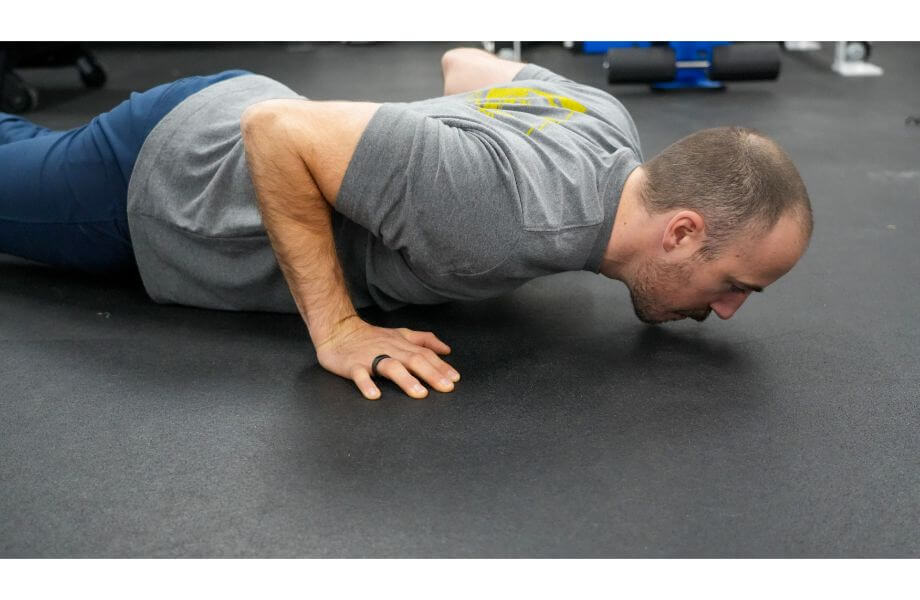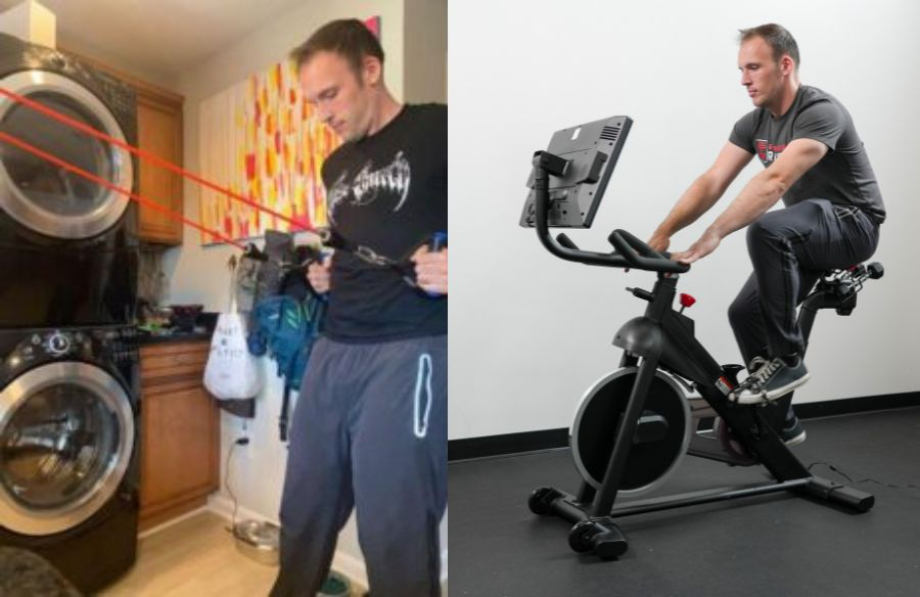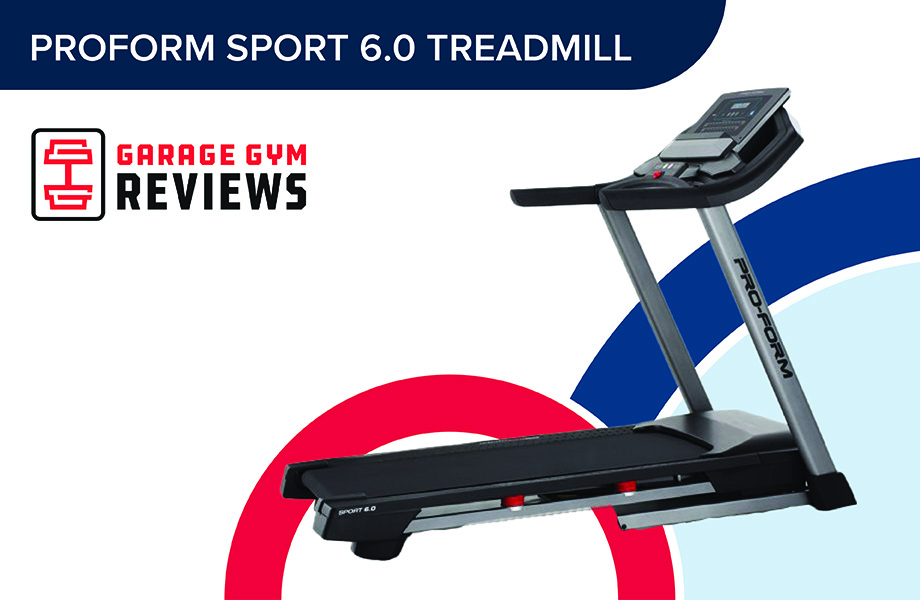Along with squats and pull-ups, the push-up is one of the most popular (and effective) bodyweight exercises. Why? You can do it anywhere, it doesn’t require equipment, and beginner to advanced fitness enthusiasts can use it to build upper-body strength.
Push-ups may look like a simple exercise that’s easy to master, but this is far from the case. I’ve been in the fitness industry since 2012 and spent nearly seven years working as a strength coach and personal trainer. Most people I’ve trained make at least one or two push-up mistakes, even high-level athletes.
In this guide, I’ll share the six most common push-up mistakes I see people make at the gym, as well as how to fix them. This will help you get the most out of each push-up, minimize potential aches and pains, and ensure you’re building strength with good form.
What Is a Push-Up?
There are many variations of push-ups, but a standard push-up involves placing your hands under your shoulders and your toes on the ground with your body forming a straight line. You’ll then raise and lower your torso to and from the ground using the strength of your upper body.
You can do kneeling push-ups or elevate your hands on a weight bench to make them easier. You can alternately elevate your feet to make push-ups more difficult, and there are all sorts of hand placements you can use. For the purpose of this article, I’ll be troubleshooting the standard push-up.
Push-Up Mistakes to Avoid
To start, a proper push-up (standard) should be performed with your hands in a neutral position, roughly shoulder-width apart. Your glutes and core muscles should be braced throughout the movement, keeping your entire body in a straight line to complete a perfect push-up.
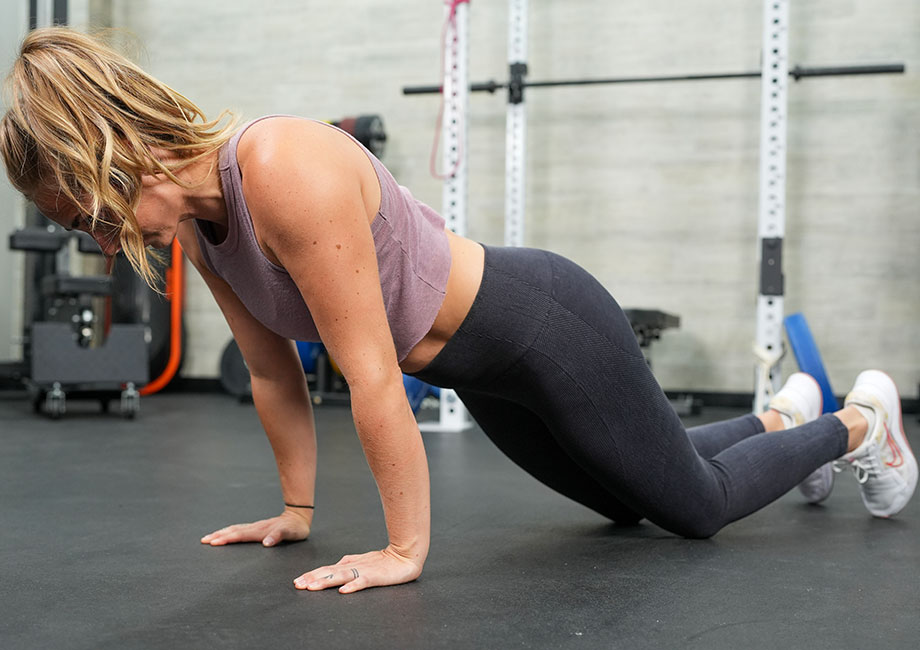
Lower your chest as close to the ground as your shoulder mobility allows, then press into the ground to return your body to the starting position.
Here are the six most common mistakes I’ve seen when observing push-up form in the gym:
1. Improper Hand Placement
Hand position can vary slightly between individuals, but for most people, your hands should be about shoulder-width apart, perhaps slightly wider or narrower depending on your unique anatomy.
If your hands are too far in front of your shoulders, closer to your face, you’ll greatly increase the difficulty. The same thing can happen if your hands are too wide or narrow. There are variations where you’ll do this intentionally, but when doing a standard push-up, your hands should be directly under your shoulders.
2. Bending at Your Hips
When you perform a push-up, your body should be in a straight line, not bent with your hips raise up high. If you can’t do this, you should modify the exercise to reduce the difficulty by placing your hands on an elevated surface, like a workout bench, bed, or chair.
If your butt is lifting higher than the rest of your body, be sure to drop your hips down and straighten yourself out, like you’re holding a plank position. Unsure of how this should feel? Brace your abs tight, like someone is about to punch you in the stomach, and squeeze your glutes tightly. This should straighten out your push-up form.
3. Not Using a Full Range of Motion
Performing an exercise with a limited range of motion is one of the biggest mistakes I see in the gym, as many people only lower themselves halfway or don’t push themselves to the top of the movement, minimizing the effects of this compound bodyweight exercise
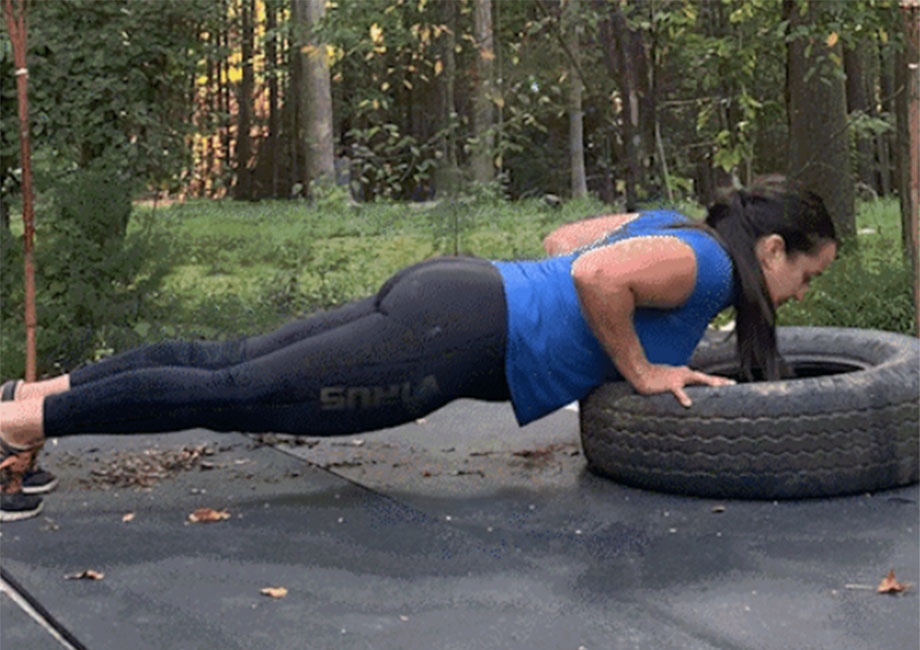
Research shows4 that training through a full range of motion is the best way to maximize muscle strength. Bring your chest as close as possible to the ground on each rep, and fully lock out your elbows at the top.
4. Flaring Your Elbows Too Much
When you’re performing push-ups, your elbows should move naturally. If your hands are under your shoulders, this means your elbows will be angled out slightly, not dropping straight back toward your hips or extending straight out to the side.
There are exceptions to this with very specific variations, such as when performing close-grip push-ups. However, for standard push-ups, your elbows should create something close to a 45-degree angle from your torso.
5. Overtraining
Post-training recovery is important because it allows time for your muscles to repair themselves and grow stronger. If you’re new to push-ups and want to improve, it may be tempting to perform push-ups every day, especially if you find some kind of short-term push-up challenge on social media. Performing them every day is probably too much for even the most advanced gym-goers.
RELATED: How To Program Your Own Home Workouts
6. Arching Your Lower Back
Finally, you need to avoid arching your lower back. This is the opposite of the hips-up problem, where your hips are dropping low as your chest is pushed up high.
Your whole body should move as one, so if your legs are still and all of the movement comes from simply lowering your chest and raising it high by arching your back, you’re doing it wrong.

Not only does this reduce the difficulty, but repeatedly arching your lower back like you’re doing some kind of yoga pose may cause lower back pain and irritation after a while.
Benefits of Push-Ups
If you’ve been working out for a while and have built up quite a bit of strength, you may think push-ups are too easy. However, when performed correctly, push-ups are a fantastic exercise for people of all fitness levels. Here are a few benefits of regularly working on your push-ups.
Builds Strength and Muscle
Resistance training with progressive overload is a great way to build muscle mass and improve your strength, and push-ups are a great choice. You don’t need a gym or any fancy equipment, you simply need enough space on the floor to lay down with your body in a straight line.
While bodyweight exercises may seem simple or not as fun as lifting with a barbell, getting stronger at push-ups is always a good idea if you’re looking to build your upper body.
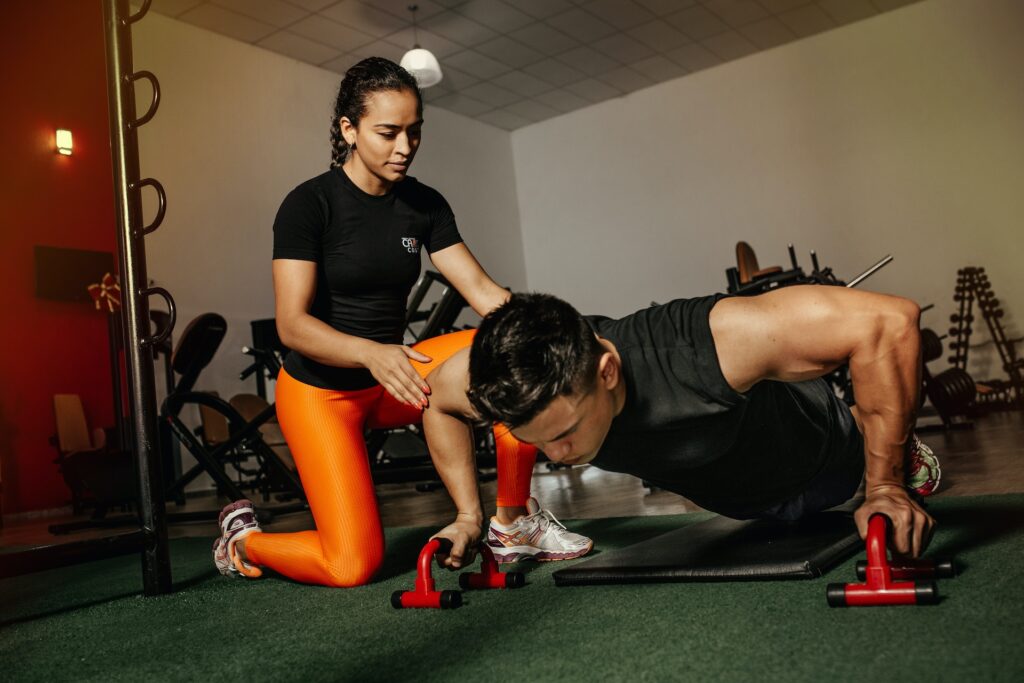
Don’t believe me? A 2018 study in the Journal of Strength and Conditioning Research1 compared push-ups to the bench press for building muscular strength and thickness in the upper body. The authors found no significant differences, concluding that push-ups are equally as effective as the bench press for building muscle when the participants used progressive variations or increased their reps over time as their strength improved.
May Improve Shoulder and Upper Back Mobility
When performing push-ups, you allow your scapula to come together at the bottom, and then open up and glide forward over your ribs at the top of the movement. To get technical, this is called scapular retraction and protraction.While this would create a very unstable position on a bench press, it’s completely safe during push-ups and helps keep your upper-body mobile.
Associated With Better Cardiovascular Health
A 2019 JAMA study2 found having a higher baseline push-up capacity was associated with a reduced risk of developing cardiovascular disease later in life.
The researchers assessed over 1,500 participants and concluded, “Participants able to complete more than 40 push-ups were associated with a significantly lower risk of incident CVD event risk compared with those completing fewer than 10 push-ups.”
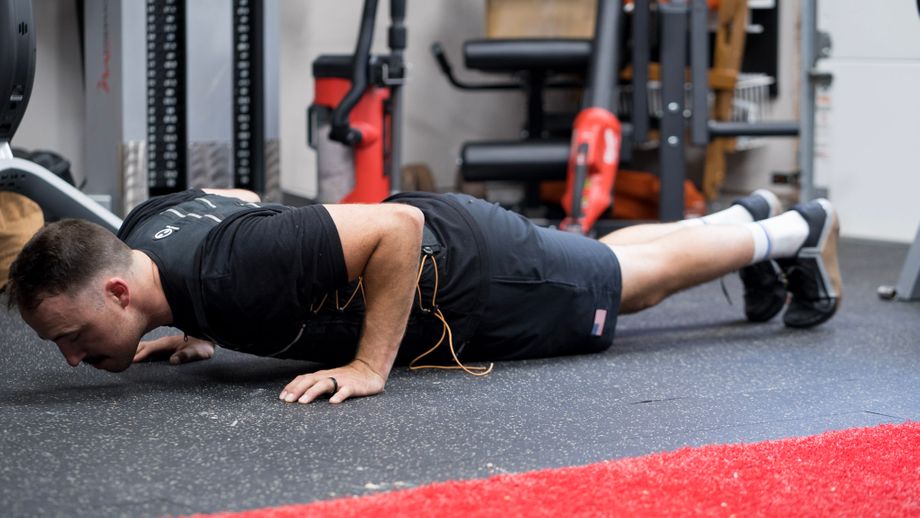
Now, this doesn’t mean that simply doing push-ups is going to decrease your risk of cardiovascular disease. However, performing 40 push-ups (or more) is no easy feat, and it’s probably safe to assume that anyone who can do this has likely spent significant time exercising and maintaining a reasonable weight, which is beneficial for health.
Which Muscles Do Push-Ups Target?
Many people think push-ups primarily target your chest and triceps, and this is true, but you’ll put plenty of other muscle groups to work. This staple exercise can also help improve your shoulder and core strength.
A study in the Journal of Exercise Science & Fitness3 used electromyography (EMG) to measure muscle activation in different variations of push-ups. The authors found the following muscles are activated while performing both standard push-ups, as well as push-ups on unstable surfaces:
- Pectoralis major
- Anterior deltoids
- Triceps brachii
- Rectus femoris
- Anterior serratus
- Lumbar multifidus
RELATED: Best Triceps Workout
Push-Up Mistakes: Final Thoughts
Push-ups are a fantastic exercise and well worth adding to your workout program. However, doing them without proper form can limit their effectiveness and even cause shoulder, elbow, wrist, or back pain over time.
Make sure your form is correct on every single repetition, and you’ll be able to benefit from push-ups for years to come.
Push-Up Mistakes: FAQs
Is there a wrong way to do push-ups?
Yes, you should always perform push-ups with the proper form to maximize their benefits and reduce your risk of injury. Excessive rounding of the back, flaring of the elbows, or improper hand positioning can all cause issues over time.
How do you know if your push-ups are correct?
A proper push-up should be performed with your body in a straight line, without arching or rounding your back. Place your hands directly under your shoulders, and perform your push-ups with a full range of motion. If you’re not doing these, or your push-up is causing pain, you’ll need to change your technique.
How many push-ups should you do each day?
Most people can safely do push-ups three to four days per week, with rest days in between. Aim to challenge yourself every day, which can mean sets of 10, 20, 30, or more push-ups, depending on your fitness level. Of course, be careful not to overtrain and injure yourself.
RELATED: How Many Reps to Build Muscle
References
- Kotarsky, C. J., Christensen, B. K., Miller, J. S., & Hackney, K. J. (2018). Effect of Progressive Calisthenic Push-up Training on Muscle Strength and Thickness. Journal of strength and conditioning research, 32(3), 651–659. https://doi.org/10.1519/JSC.0000000000002345
- Yang, J., Christophi, C. A., Farioli, A., Baur, D. M., Moffatt, S., Zollinger, T. W., & Kales, S. N. (2019). Association Between Push-up Exercise Capacity and Future Cardiovascular Events Among Active Adult Men. JAMA network open, 2(2), e188341. https://doi.org/10.1001/jamanetworkopen.2018.8341
- Borreani, S., Calatayud, J., Colado, J. C., Moya-Nájera, D., Triplett, N. T., & Martin, F. (2015). Muscle activation during push-ups performed under stable and unstable conditions. Journal of exercise science and fitness, 13(2), 94–98. https://doi.org/10.1016/j.jesf.2015.07.002
- Pallarés, J. G., Hernández-Belmonte, A., Martínez-Cava, A., Vetrovsky, T., Steffl, M., & Courel-Ibáñez, J. (2021). Effects of range of motion on resistance training adaptations: A systematic review and meta-analysis. Scandinavian journal of medicine & science in sports, 31(10), 1866–1881. https://doi.org/10.1111/sms.14006



